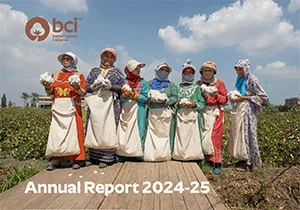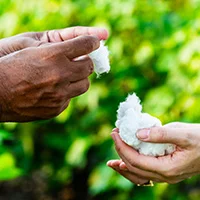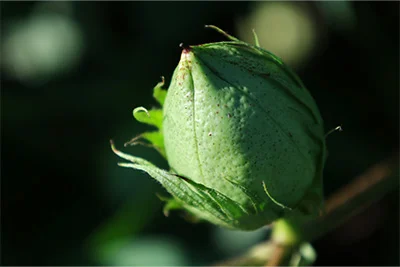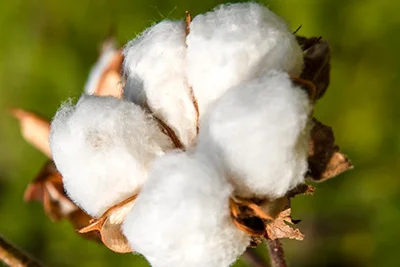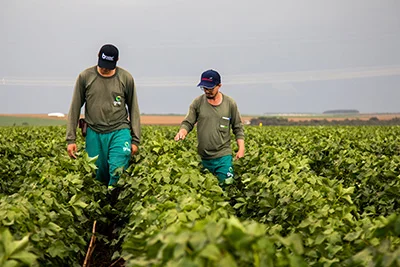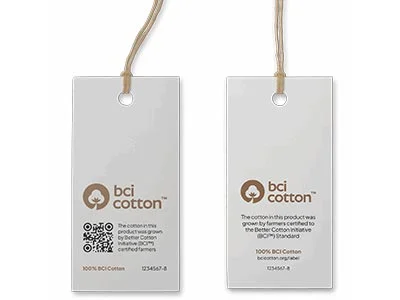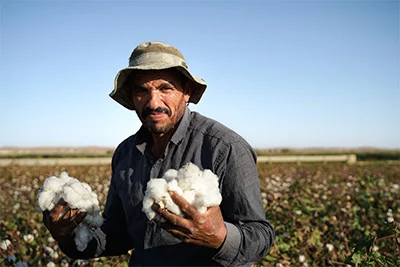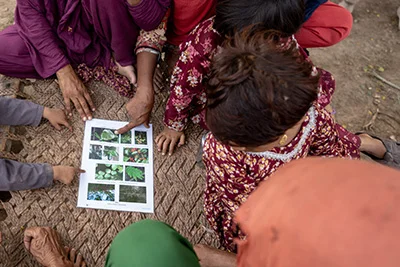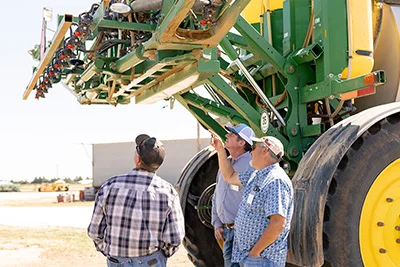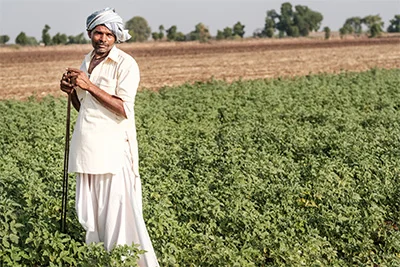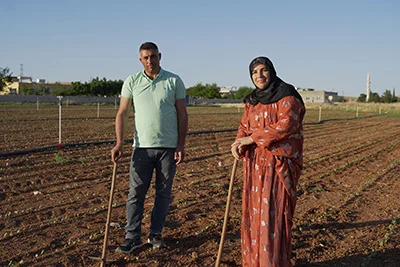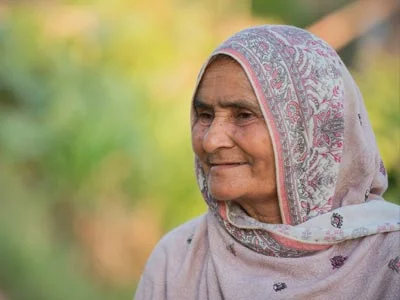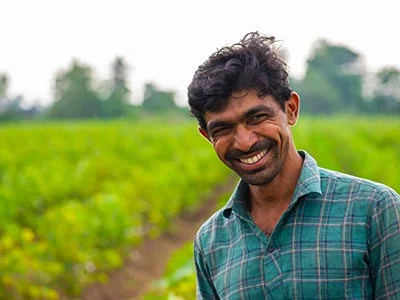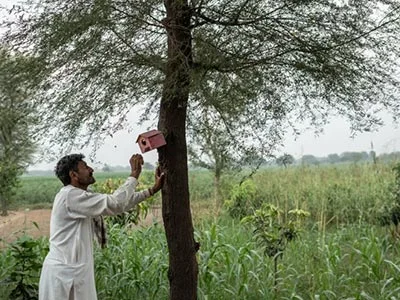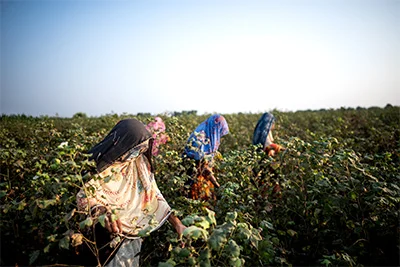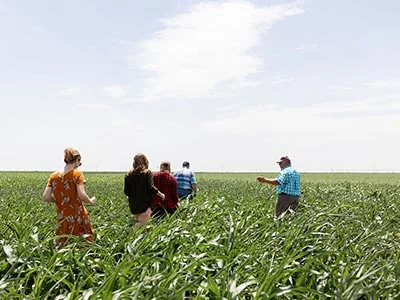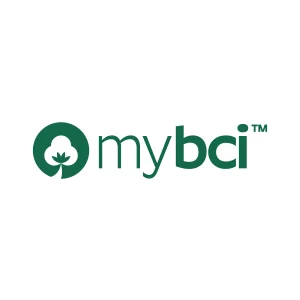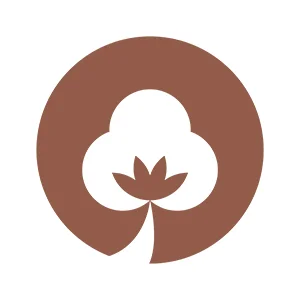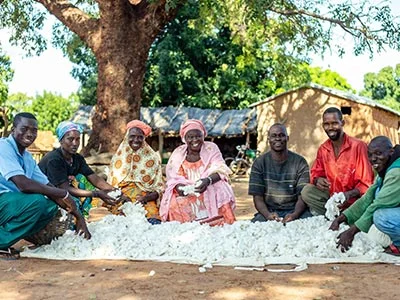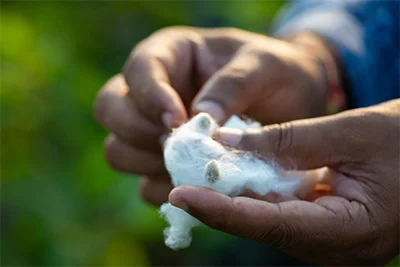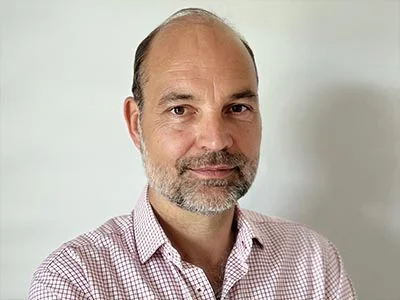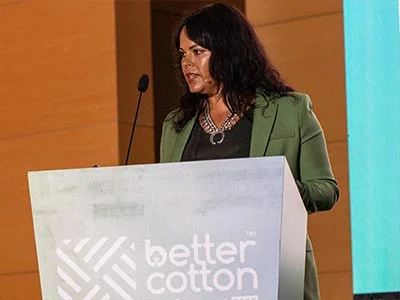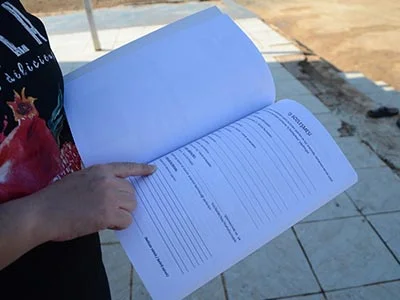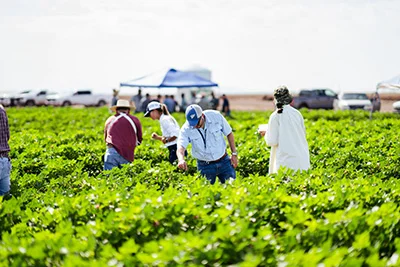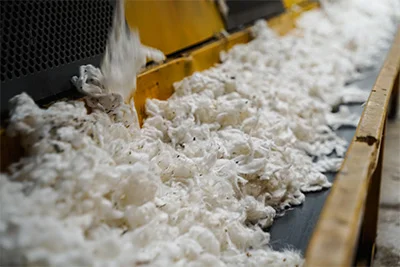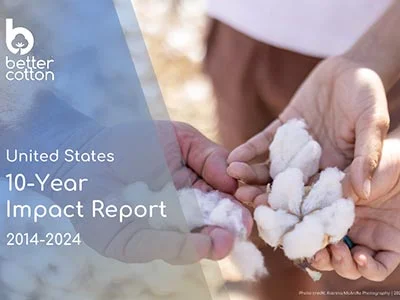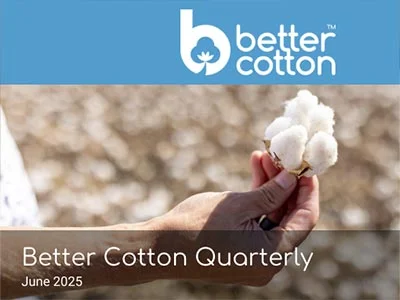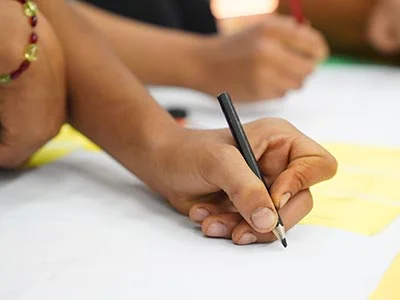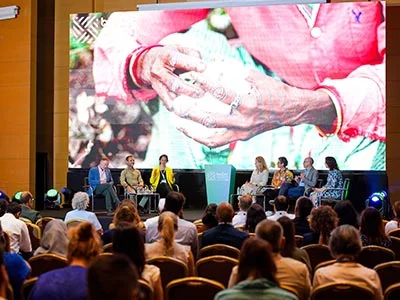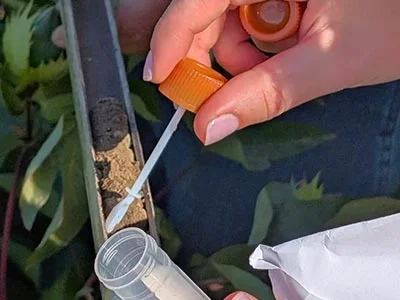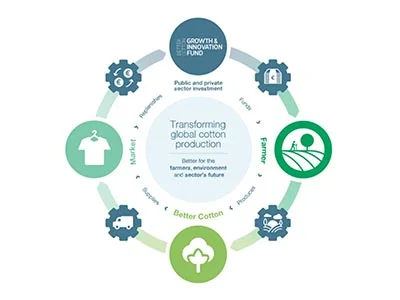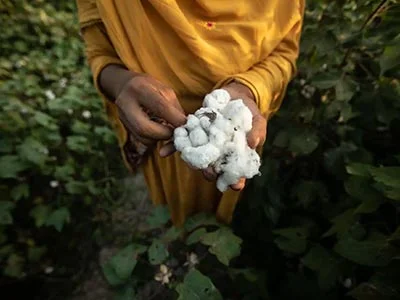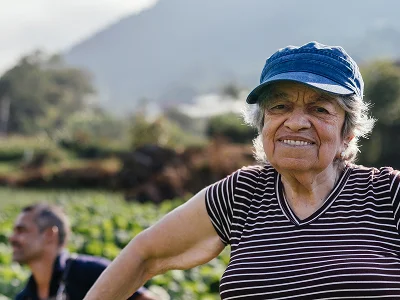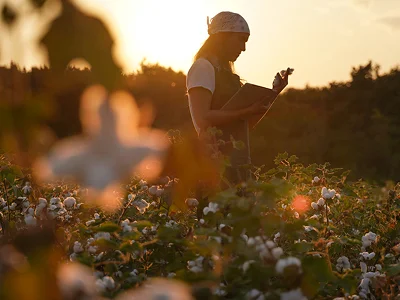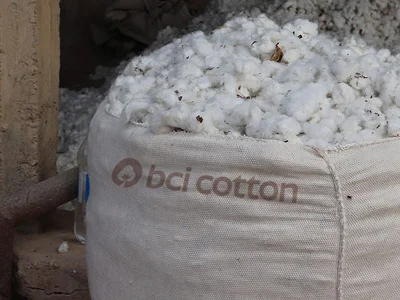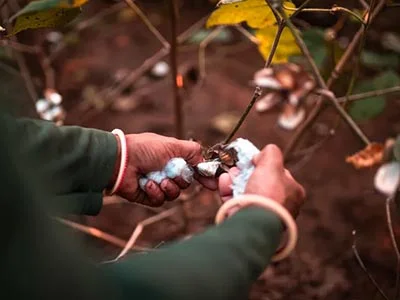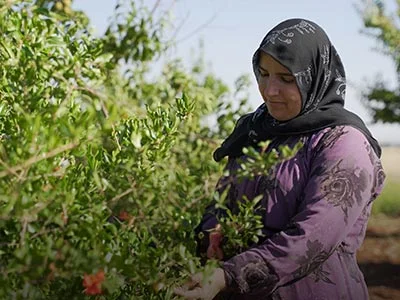BCI has launched its Growth and Innovation Fund (GIF), which came into force on 1 January 2016. The Fund is BCI’s new global investment vehicle for supporting Better Cotton projects in cotton-growing regions around the world. The scale of the Fund will help BCI advance its goal of reaching 5 million farmers and accounting for 30% of global cotton production by 2020. The portfolio is jointly run by BCI, its partners and members from the worlds of business, civil society and government. The Fund is managed by BCI’s strategic partner IDH, the Sustainable Trade Initiative, which also ran the very successful Better Cotton Fast Track Programme (BCFTP) from 2010 to 2015.
Joint investments in training and capacity building enable the BCI GIF to address the most pressing sustainability issues in cotton farming, including pesticide use, water efficiency and severe working conditions such as child labour, gender issues andunfair pay. By mobilising public and private funds, BCI strives to mainstream Better Cotton, which is grown in a way that is measurably better for the environment and farming communities. The fund invests in capacity building programmes that train cotton producers to optimise inputs, use chemicals in a safer manner, increase yields and generate higher profits. The model is based on continuous improvement, which means BCI farmers are required to develop plans to continuously improve their practices over time.
Private partners in the Fund are some of the world’s largest cotton buyers, including adidas, H&M, IKEA, Nike, Levi Strauss & Co. and M&S, who have agreed to pay a volume-based fee related to their use of Better Cotton. Retailers and brands who use Better Cotton in their supply chains contribute to the funding of farmer capacity building. BCI currently has a retailer and brand membership of over 50 organisations, with a target to pass 60 by the end of 2016. Global institutional donors are invited to match the fees contributed by the private sector in order to achieve a multiplier effect.
The BCI GIF (and its predecessor the BCFTP) offer a five year track record of effective large-scale fund management. Results collected each year show strong positive changes in the field, which translate into large-scale environmental benefits as well as social and economic improvements for cotton producers and their families. For 2014 results, please see our most recent Harvest Report.

